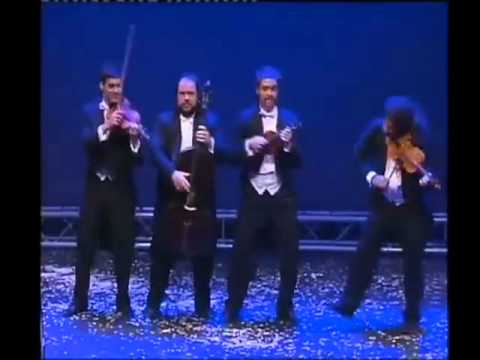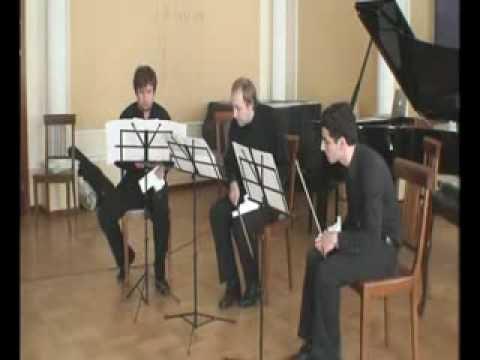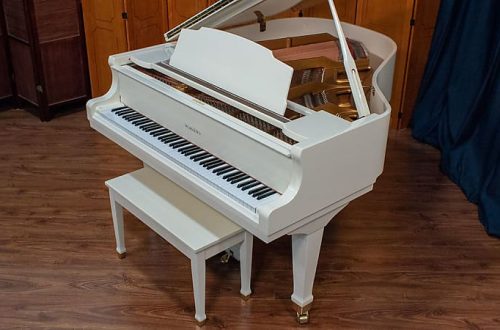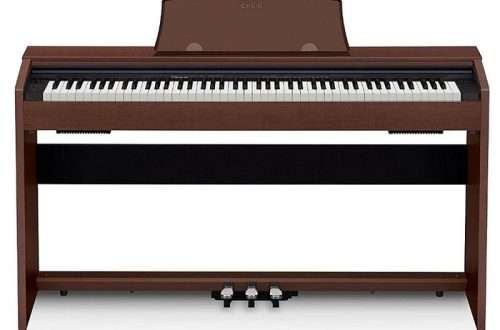Musical eccentricity
Contents
Musical eccentricity is a capacious, bright and very interesting artistic phenomenon. It is understood as the performance of music on various objects that are used as musical instruments. These can be frying pans, saws, buckets, washboards, typewriters, bottles and more – almost anything that makes a sound is suitable.
If the work is played on ordinary musical instruments, but surprisingly original performance techniques are used, then “her majesty” of musical eccentricity also declares itself here.
She has found her expression in folk ensembles, in circus and pop genres, and feels confident in the modern musical avant-garde. There are examples of recourse to it among venerable classical composers.
Background
The first sprouts of eccentricity as a musical expressive device were probably nurtured by folklore – in folk games, in carnival and fair buffoonery. Musical eccentricity flourished by the beginning of the 20th century, appearing in all its diversity, but its elements were already found in the music of the 18th century. Thus, J. Haydn, who loved to provide musical surprises to the public, included in the score of the “Children’s Symphony” atypical for this genre, amusing children’s musical toys – whistles, horns, rattles, a children’s trumpet, and they sound deliberately “inappropriately”.
J. Haydn “Children’s Symphony”
“Nocturne on the Drainpipe Flute”
Contemporary eccentric music has a wide range of different things that become musical instruments. Among them are elegant glass glasses (“glass harp”, known since the 17th century). Complex classical works are also performed on this exotic musical instrument.
Game on glasses. A.P. Borodin. Slave choir from the opera “Prince Igor”.
(Ensemble “Crystal Harmony”)
The glasses are carefully selected to create a scale, they are sorted by octaves, and then the vessels are gradually filled with water, achieving the required pitch (the more water is poured, the higher the sound). They touch such a crystallophone with their fingertips dipped in water, and with light, sliding movements the glasses sound.
Honored Artist of Russia S. Smetanin possessed high performing skills in playing Russian folk instruments. Musical eccentricity was also part of the interests of this wonderful musician. Using an ordinary saw, Smetanin masterfully performed adaptations of ancient romances and Russian folk songs.
Ancient romance “I met you…”
Sergei Smetanin, drank…
For the American composer L. Andersen, eccentric music became the subject of a musical joke, and it was a brilliant success for him. Andersen composed “A Piece for a Typewriter and Orchestra.” The result is a kind of musical masterpiece: the sound of the keys and the bell of the carriage engine fit nicely into the sound of the orchestra.
L. Andersen. Solo on a typewriter
Musical mischief is not an easy task
Musical eccentricity is distinguished by the fact that the performer resorting to musical tricks combines high-class music playing and a number of funny manipulations with the instrument. He can’t do without pantomime. At the same time, a musician who widely uses pantomime is required to have mastery of plastic movements and extraordinary acting skills.
Pachelbel Canon in D


Watch this video on YouTube
Beyond reality
With great caution, some creations of modern representatives of avant-gardeism can be classified as the actual genre of musical eccentricity, but the eccentric, that is, incredibly original, sweeping away existing stereotypes of perception, image of avant-garde music is unlikely to raise doubts.
The very names of the performances by the internationally recognized Russian composer and experimenter G.V. Dorokhov, suggest that this is eccentric music. For example, he has a work in which, in addition to the female voice, musical instruments are used – heating radiators, garbage cans, sheets of iron, car sirens, and even rails.
G.V. Dorokhov. “Manifesto for Three Styrofoams with Bows”


Watch this video on YouTube
One may wonder about the number of violins damaged during the performance of this author’s works (they may be played not with a bow, but with a saw), or one may think about some new approach to the art of music. Fans of musical avant-gardeism note approvingly that Dorokhov tried in every possible way to overcome the traditional principles of compositional writing, while skeptics call his music destructive. The debate remains open.







